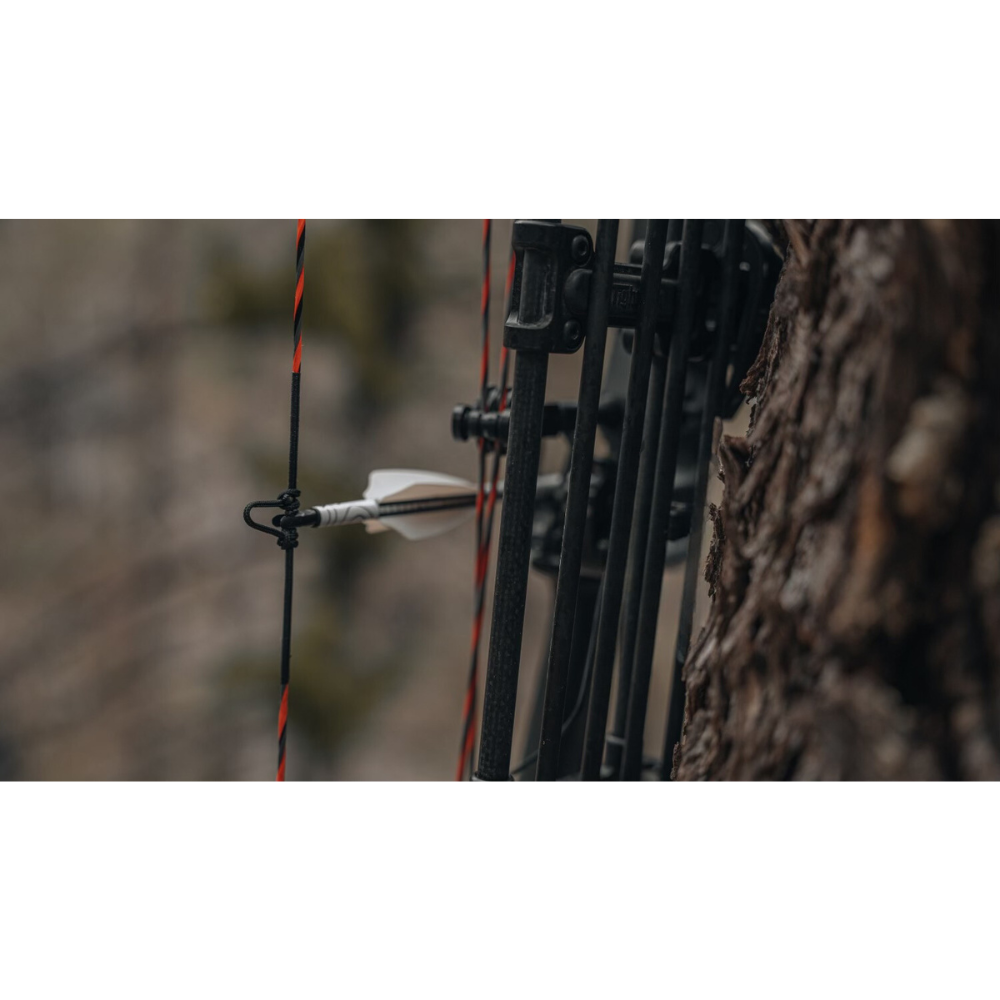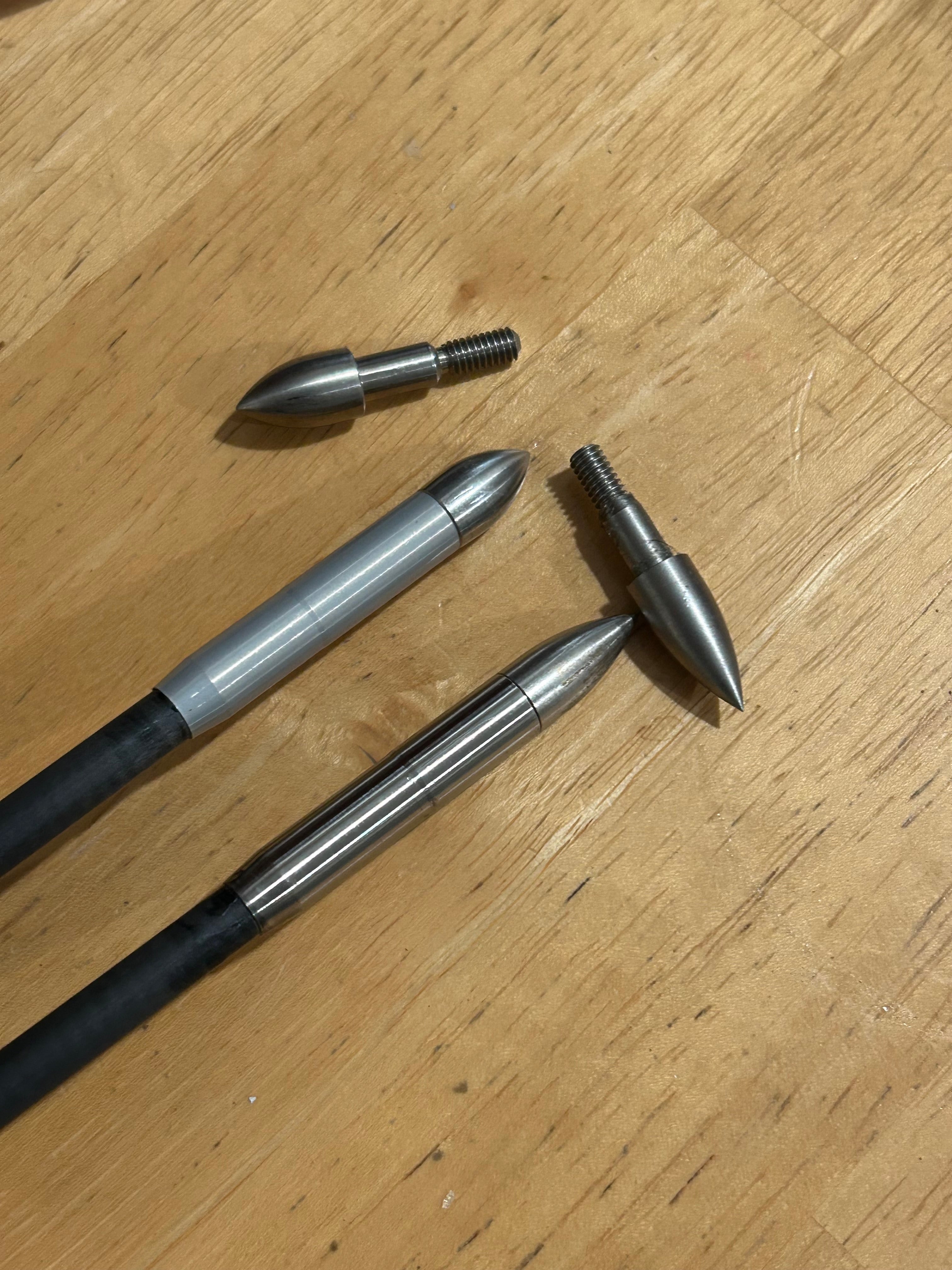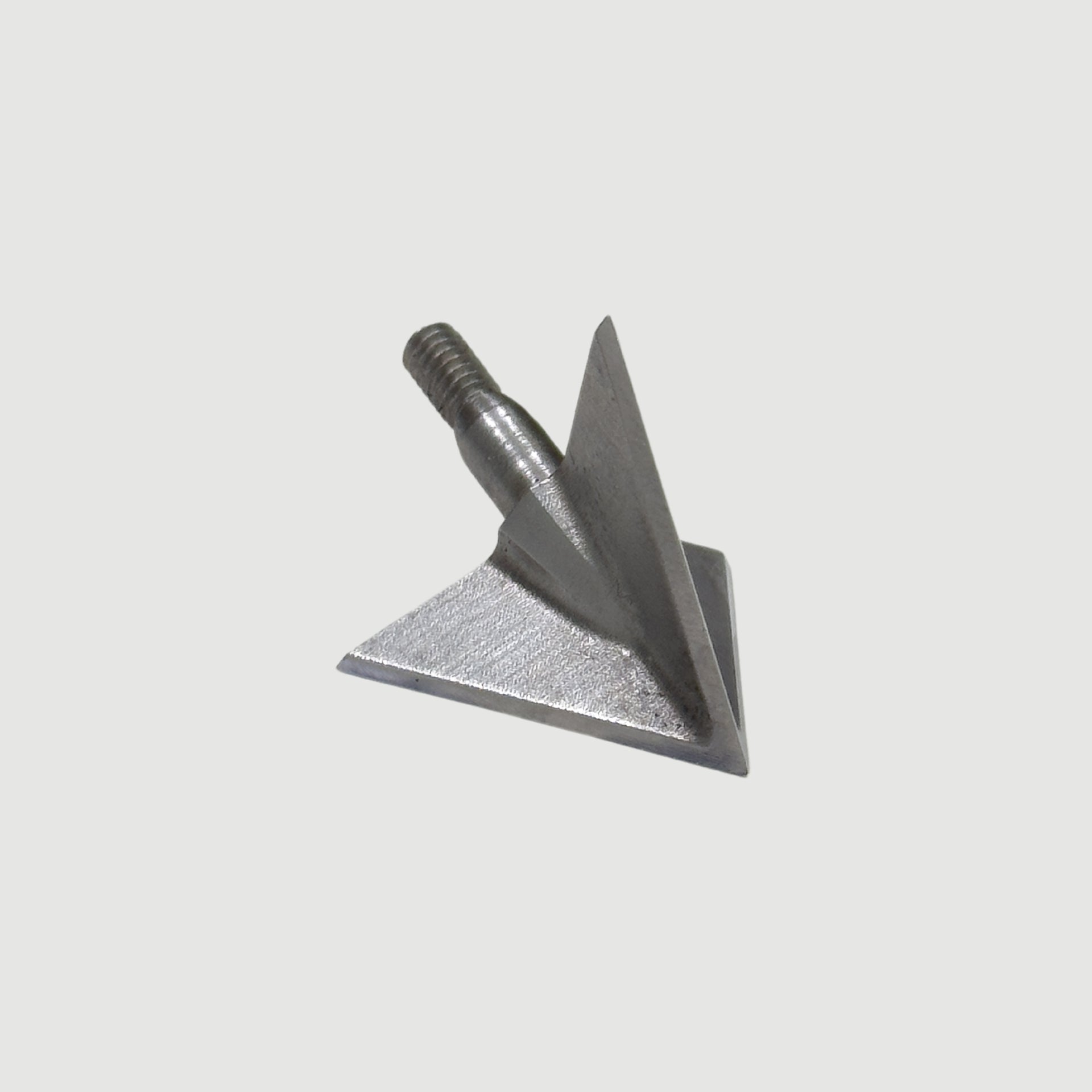Vane choice and fletching application can significantly affect the performance of your arrows. Understanding the best arrow fletchings, the ideal helical angle, and the proper technique to fletch arrows will help lead to in the field succes.
Vane Size:
Vane come in various sizes, shapes, and profiles. Selecting the correct vane for your arrows is critical to ensuring smooth flight and consistent accuracy. The height and profile of the vane used directly affect the stabilization of the arrow during flight.
- Low-profile Vanes: Best for target shooting or when you want to minimize drag. Typically, vanes under .46 inches. 3 is great for target applications with small shafts. 4 can work well with small profile broadheads.
- Mid-profile Vanes: Excellent all-purpose vane. These are around .5 inches tall and work great in a 3 or 4 fletch configuration.
- High-profile Vanes: Ideal for hunting or use with large broadheads. Larger vanes help stabilize the arrow in windy conditions or when shooting large diameter shafts. These vanes are usually over .5 inches and provide the needed stabilization in a 3 fletch configuration.
When choosing the best fletchings, ensure the size of the vane and number of vanes matches your arrow and broadhead selection.
Left or Right Helical: Which Should You Choose?
One of the most common questions archers ask is whether to choose left or right helical fletching.
A left helical will spin and arrow to the left while a right helical spins an arrow to the right. All arrows have a natural spin out of a bow, but this is massively overwhelmed by the direction of the vanes.
There is minimal evidence showing that a right or left helical will perform better than the other. The only time you need to select one over the other is with a single bevel broadhead.
What Degree Helical is Best for Your Arrows?
The degree of helical refers to how much twist is given to the fletching, typically measured in degrees. The best offset angle for fletchings is generally between 2 and 3 degrees. This provides enough stabilization and spin without excess noise.
While some archers may opt for a more extreme angle for very specific needs, a 2-3 degree offset will work well in most situations, especially if you are shooting larger broadheads or broad diameter shafts.
When fletching at home you can use tools like the DCA Vane Angle Tool to match your jig to the exact offset angle.
Conclusion: Perfecting Your Arrows with the Right Fletching
Choosing the correct arrow fletchings for your setup can make or break your shooting experience. Whether you’re using smaller vanes for target shooting or larger vanes for broadheads, fletching selection plays a pivotal role in accuracy and stability.



Share:
What is the best broadhead?
How to Glue Outserts on Arrows